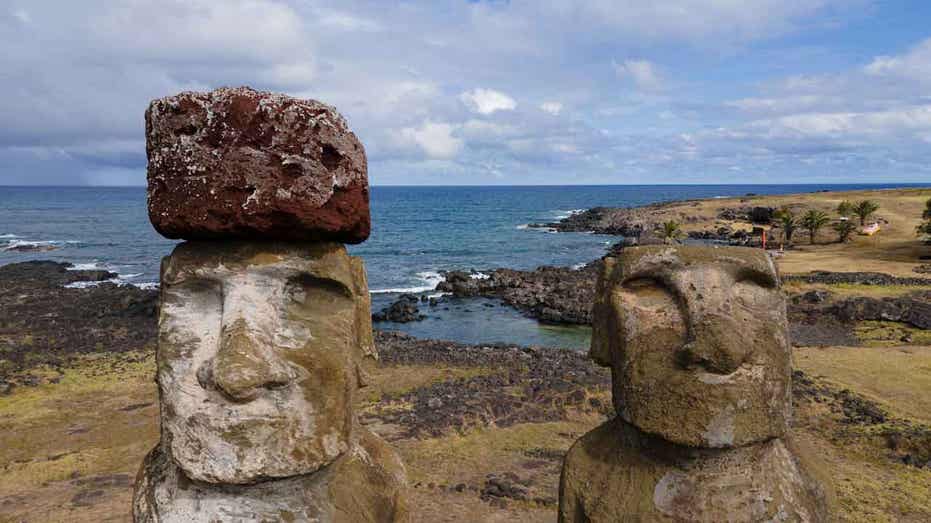The remote, populated islands known as Easter Island rank among the world’s most enigmatic places. This island, which lies halfway between Chile and Tahiti, is mostly comprised of volcanic rock. The Moai statues are Easter Island’s most notable feature, despite the fact that this mysterious location is full of mysteries and puzzles.
The massive stone monolithic human figures known as the Moai Statues of Easter Islands were sculpted out of rock on the Polynesian island of Rapa Nui between 1250 and 1500. But whose work was Moai’s? This question has not yet been answered. The most widely accepted idea regarding the architects of the Moai is that they were built by the Polynesian settlers of the island sometime between A.D. 1000 and A.D. 1100. Building monuments to honor their regal ancestors may have been the goal of the Moais, who were responsible for their construction. All of them have enormous heads in contrast to their diminutive bodies since they were constructed in a festive and religious setting. The Moai were carved by exceptionally famous and skilled carvers, gazing at their clan territories.
There are currently 394 Moai that are visible out of an estimated 887 Moai. Rano Raraku, a volcanic crater composed of compacted volcanic ash in the Rapa Nui National Park, is the name given to this place. These Easter Island statues all have wide, broad noses, strong chins, rectangle-shaped ears, and deep eye slits as distinguishing features.
After that, the majority of the Moais were relocated to Ahu, a rocky outcropping around the island’s border. A very particular, small place called Ahu Akivi was founded around the year 1500 AD. However, it remains a perplexing puzzle as to how these enormous structures were moved to this location, as it undoubtedly took a significant amount of energy and logistical support. The Paro statue, which stood ten meters tall and weighed close to 80 tons, is considered the highest Moai monument. The heaviest of them was shorter than Paro, yet it still weighed 86 tons.
Around 250 years ago, a Dutch expedition under the direction of Jacob Roggeveen accidentally discovered the Easter Islands, which resulted in the annihilation of the whole Moai population through tribal conflicts. An American archaeologist named William Mulloy started the complete conservation of the Moai statues in 1955, and it lasted until 1978. Many pits were discovered behind the Ahu during the excavation and rebuilding procedures.
All of them included old bone fragments, shell pieces, fishing gear, and obsidian flakes. The United Nations has designated Easter Island’s Moai Statues and Rapa Nui National Park as part of the world’s cultural and natural heritage and as UNESCO World Heritage Sites.

